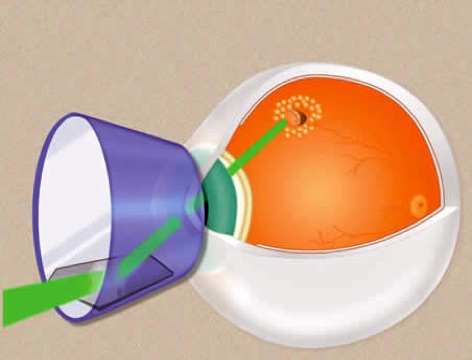

This paper introduces techniques for locally sanitizing voice inputs before they are transmitted to the cloud for processing. As our main contribution, we show that voice recognition and voice accumulation (that is, the accumulation of users’ voices) are separable. That is, our growing dependence on voice interfaces fosters the collection of our voices. This paper makes the observation that the increasing popularity of voice interfaces that use cloud-backed speech recognition (e.g., Siri, Google Assistant, Amazon Alexa) increases the public’s vulnerability to voice synthesis attacks.

Generating an accurate voice model of target’s voice requires the availability of a corpus of the target’s speech. Advances in voice synthesis have made it possible to create an accurate voice model of a targeted individual, which can then in turn be used to generate spoofed audio in his or her voice. Voice synthesis uses a voice model to synthesize arbitrary phrases. We demonstrate that the tool can be used for real-time conversion for sparse event streams, exploration of frontend configurations, and duplication of existing event datasets. RetinoSim was implemented in MATLAB with a Graphical User Interface frontend to allow for expeditious video conversion and architecture exploration. Our retinomorphic model, RetinoSim, incorporates aspects of current NVS to allow for accurate data conversion while providing biologically-inspired features to improve upon this baseline. This paper provides an outline and demonstration of a data synthesis tool that gleans characteristics from the retina and allows the user to not only convert traditional video into neuromorphic data, but characterize design tradeoffs and inform future endeavors. Current state-of-the-art devices are effectively leveraged in a variety of settings, but still suffer from distinct disadvantages as they are transitioned into high performance environments, such as space and autonomy. As a side note, if you’re not on a Retina Mac, you can test the app’s 2x mode by enabling HiDPI using Quartz Debug.Neuromorphic vision sensors (NVS), also known as silicon retina, capture aspects of the biological functionality of the mammalian retina by transducing incident photocurrent into an asynchronous stream of spikes that denote positive and negative changes in intensity.

RetinaCapture is available here for free. Either at 1x or 2x, screenshots will always be crisp and detailed. If you’re saving 1x and 2x files at the same time, the app will offer two naming schemes to name your images correctly. You can take a normal screenshot, timed screenshot, capture a window or a portion of the screen. On a Retina Mac, just fire up the app, and choose whether you want your screenshot to be at 1x, 2x, or both.
#Retinacapture free#
RetinaCapture is a new, free utility for Mountain Lion that does just that: it enables you to easily take crisp screenshots at both resolutions, at the same time. Or, perhaps you’ve wanted to be able to take both 1x and 2x screenshots for, say, a blog post served to Retina and non-Retina devices.
#Retinacapture pro#
If you have a new MacBook Pro with Retina display, you’ve likely stumbled upon the issue of sharing screenshots that are too large in size for friends or coworkers who don’t have a Retina Mac yet.


 0 kommentar(er)
0 kommentar(er)
